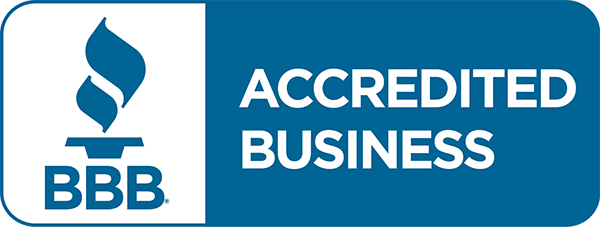A Short Guide to Digital Fasting

What is digital fasting?
You've heard of fasting from food, and you've heard of intermittent fasting from food — but now, people are applying that same terminology to screens and electronic devices.
In reality, our "mental diet" is just as important as our nutritional diet — the things that we let into our minds matter. In an age overrun by digital media, it can be easy to become inundated with news, information, and entertainment to the point of negatively impacting our health. Similar to a diet or an intermittent fasting regimen, a digital fast puts limits on the kind of media we allow into our lives and how much time we spend with them.
How is digital fasting beneficial?
Combat addiction
This one is worth highlighting first because it is so prevalent.. Leaving alone screen addiction, social media addiction is a very real thing that affects more and more people as the years go on. The interactions on social media platforms are designed to provide a dopamine hit that is, in short, very addicting. It's why social media has been so successful since its conception, leading to long periods of time spent on our phones.
A digital fast, specifically a social media detox, helps put boundaries on social media use and helps to mitigate the risk of addiction, much like restrictions placed on alcohol use.
Combat mental health problems
Over the past few years, many studies have been done on the correlation between heavy screen use and low mental health. There are many connections between the two for a lot of common reasons like comparison and bullying. However, there are more correlations that are not talked about quite as often, but are still incredibly important — especially to adults!
-
Sedentary lifestyle
We all know that an active lifestyle helps combat mental health obstacles with natural chemicals in the brain and natural sunlight. Screen time is inherently sedentary and encourages low-activity lifestyles, which further poor mental health. -
Poor sleep
The unnatural blue light from your screens confuses your brain and interrupts your natural circadian rhythms. Poor sleep is also known to contribute to poor mental health.
How to implement a digital fast
Just like a food diet, the way you implement a digital fast will look different from the person next to you. It's all about figuring out what you need and how to create a better relationship with your electronics and digital media.
-
Identify problem areas
Some questions to ask yourself before implementing your digital fast: Where do you spend most of your digital time? Is it on social media? Watching Netflix?
Another great indicator of a problem area is how it makes you feel. If you are unable to keep a certain digital habit under control, it's a good indication that it is a problem area and it may be time to take a break. -
Put restrictions in place
Once you've identified your problem area (or areas), come up with some rules for yourself. If you find that you always check your phone when it's at arm's length, try making a box to put your phone in or put it in another room. Do this during productive hours mean it can't distract you from what you need to do.
If you have an iPhone, you can use the screen time app to set time limits. Try setting daily limits (like 30 minutes max a day to check social media) or set a schedule for certain apps. This allows you to turn apps off before bed, or for a whole day. For those who want to take a more extreme approach, you can even delete apps from your phone and go cold turkey. -
Ask for accountability
As our world stands right now, most people would agree that they need more moderation in their digital life. Ask around your family members and friends, and you will probably find someone who is willing to go on this journey with you, and you can help keep each other accountable!
You don't need to have the exact same restrictions, but you can help push each other towards a healthier digital balance. Whether you are looking to break from social or take a media break, doing it with a partner creates an alliance and makes successfully achieving your goal more exciting.
In a digitally-driven age, it can be difficult and feel isolating when we put our phones away. But small acts, like reducing our social media time by 15 minutes a day, are the first step in experimenting with digital fasting and the benefits.

